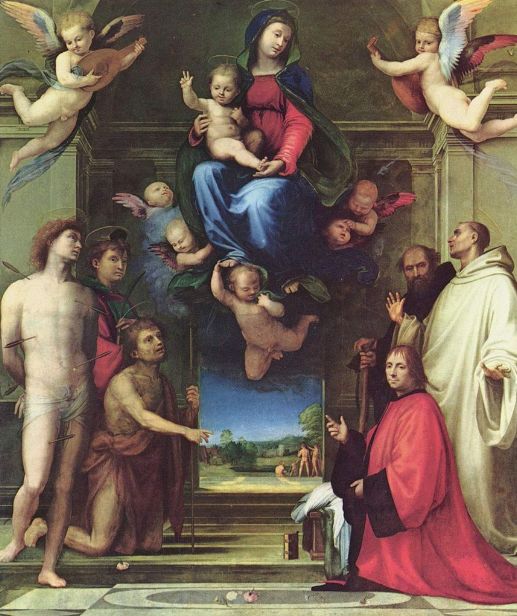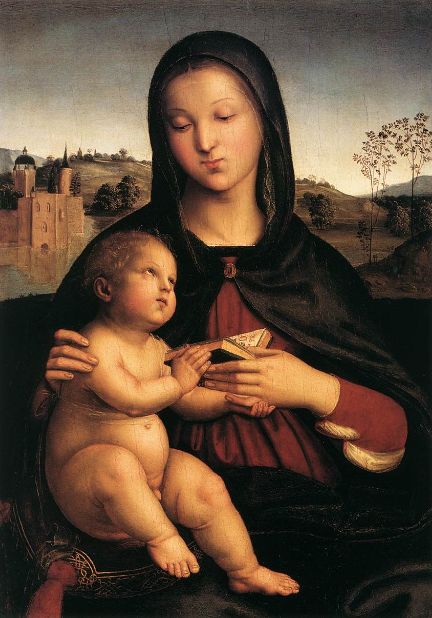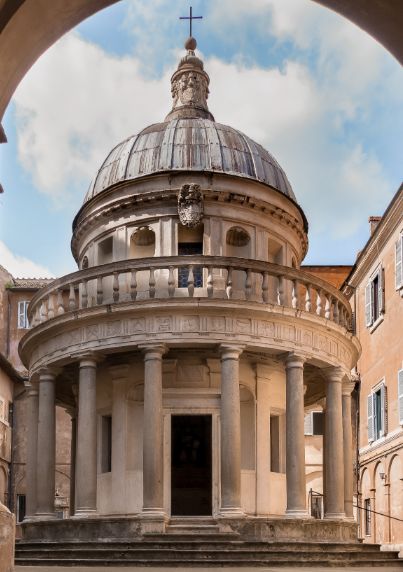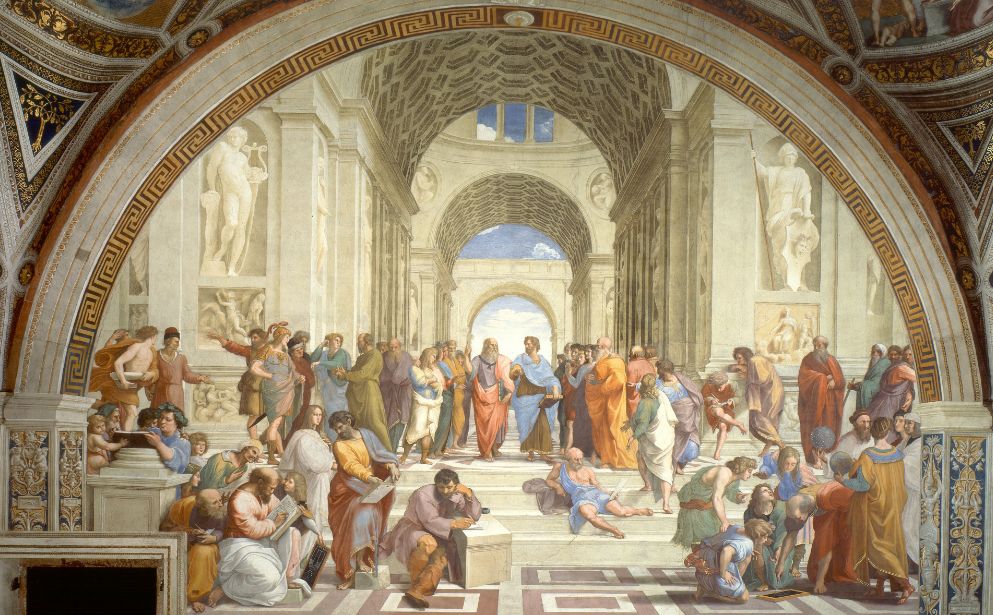During the Renaissance, artists made numerous contributions to exploring new artistic techniques. Among them, Leonardo da Vinci's innovations were particularly notable. His treatment of light and composition profoundly influenced contemporary artists and laid the foundation for future artistic developments. Bartolommeo (Fra Bartolommeo) and Raphael (Raphael) are outstanding representatives who developed their unique styles under this influence.
Born in 1472, Bartolommeo was 11 years older than Raphael. He was a devout Dominican friar inspired by Savonarola, dedicated to religious painting. One of his most famous works is the "Carondelet Altarpiece", commissioned by Roman Royal Envoy Carlo Carondelet. In this painting, a man kneels on the right, gazing at the viewer and pointing towards the Madonna and Child held aloft by angels. Bartolommeo's depiction of figures draws on Leonardo's use of light and shadow but without Leonardo's sfumato. He demonstrates his mastery of spatial and geometric balance, with naturally harmonious poses controlled by the contrapposto principle, where one part of the body twists in the opposite direction of another, such as the right hand to the left leg. The two angels in the upper corners not only strike balanced opposing poses but also complement each other, creating a unified rhythm throughout the composition. This sense of balance imparts a contemplative reverence to the scene.

Raphael, as a follower of Leonardo, absorbed Leonardo's techniques in light and composition, yet developed his own style. His "Madonna and Child" showcases his handling of natural light, with figures bathed in bright summer sunlight, set against a serene pastoral background. In this painting, Raphael's figures gaze lovingly at each other, devoid of Leonardo's mysterious sfumato. Raphael's progression allowed him to achieve new heights of harmony and consistency in painting, inspiring innovations among architects.

Leonardo and Bramante were friends. Bramante, an important Renaissance architect, experimented with combining cubes and spheres in his design of St. Peter's Basilica in Rome, setting new architectural standards. Bramante's "Tempietto" is a representative work, discarding all unnecessary decoration and restoring the correct classical order. This small building is both commemorative and a herald of a new era in Renaissance architecture.
In his work to rebuild St. Peter's Basilica, Bramante designed a magnificent central church. Although it was not built exactly according to his plans, it established a new standard of grandeur and immortality. Bramante invited Raphael to decorate the pope's private residences in the Vatican, commonly referred to as "le stanze" (the rooms).

In "The School of Athens", Raphael presents an ideal gathering of philosophers engaged in discussion, teaching, learning, conversing, and contemplating, their faces showing thoughtful concentration. Plato and Aristotle stand as central figures, framed by an arch that evokes Leonardo's "The Last Supper." However, Raphael's composition is more complex, featuring 52 figures in varied poses, maintaining unity without rigid geometry. He added the figure of Heraclitus later, cleverly integrating him into the foreground, reflecting the relationship between figures and the architectural background, reminiscent of Bramante's unrealized design for St. Peter's.

Bartolommeo and Raphael, as two significant Renaissance artists, explored and innovated in light treatment, figure poses, and composition design, deeply influenced by Leonardo. They laid a solid foundation for the development of future art through their unique approaches, perfectly blending nature with geometry, light with composition, creating unparalleled artworks. These works not only display their personal styles but also reflect the humanistic thoughts and spiritual pursuits of the Renaissance. Leonardo's methods in handling light and composition were inherited and developed in their works, forming an artistic dialogue that transcends time.